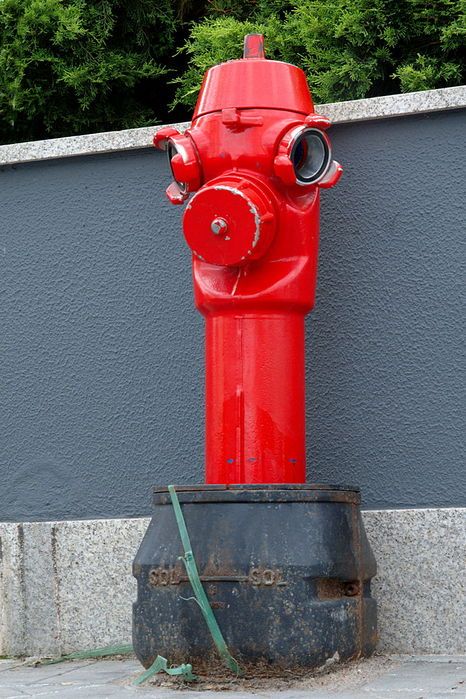Pareidolia
May 29, 2019 • 161 views

Pareidolia is the psychological phenomenon of recognizing familiar patterns and shapes in a vague and random stimulus. It mostly applies to seeing visual patterns but auditory patterns are heard too. The word is derived from the Greek word ‘para’ (meaning something faulty, wrong, instead of, beside) and‘eidōlon’ (meaning image, form or shape).
Common examples of this phenomenon include seeing shapes in clouds, seeing faces in inanimate objects or abstract patterns, hearing hidden messages in songs played in reverse or at altered speeds, hearing voices in noise produced by fans or air conditioners etc.

Pareidolia is a subtype of apophenia, which is a tendency to mistakenly perceive connections between unrelated things.
The Rorschach inkblot test is a projective technique that uses pareidolia to gain insight into an individual's mental state.

Carl Sagan, the American cosmologist and author, stated in his book, ‘The Demon-Haunted World – Science as a Candle in the Dark’,that this ability to recognize faces from a distance or in poor visibility was an important survival technique. However, this instinct could lead to some misinterpretation of random images or patterns of light and shade as being faces.
In one of his notebooks, Leonardo da Vinci’s comments about pareidolia as a device for artists is as follows:
If you look at any walls spotted with various stains or with a mixture of different kinds of stones, if you are about to invent some scene you will be able to see in it a resemblance to various different landscapes adorned with mountains, rivers, rocks, trees, plains, wide valleys, and various groups of hills.
There could be two reasons behind the occurrence of pareidolia. Firstly, the human brain has a need to quickly recognise certain objects as human faces or bodies. Secondly, the brain strives to find patterns and make associations. Perception is a process of active construction. The brain takes an abstract pattern, filters through all the possible matches, finds the best match and assigns it to that pattern.
Expectation plays a significant role in this phenomenon. For example, if an individual is told beforehand which animal shape he can expect to perceive in a particular patch of cloud in the sky, he will be more likely to perceive that particular animal only in the cloud.
Pareidolia is a widespread occurrence among different cultures but there are a variety of individual differences in it. Studies indicate that pareidolia is more commonly experienced by women rather than men.

Another study conducted in Finland concluded that people who are religious or believe strongly in the paranormal are more likely to see faces in inanimate objects and landscapes. This could be because believers are more open to the suggestion that the concerned images might contain faces.
Fatigue and neurological diseases like Lewy body dementia can lead to an increased experience of pareidolia.
Research has shown that the experience of this phenomenon is not restricted to humans only. Rhesus monkeys see illusory facial features on certain inanimate objects too.

